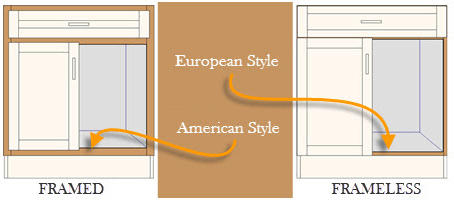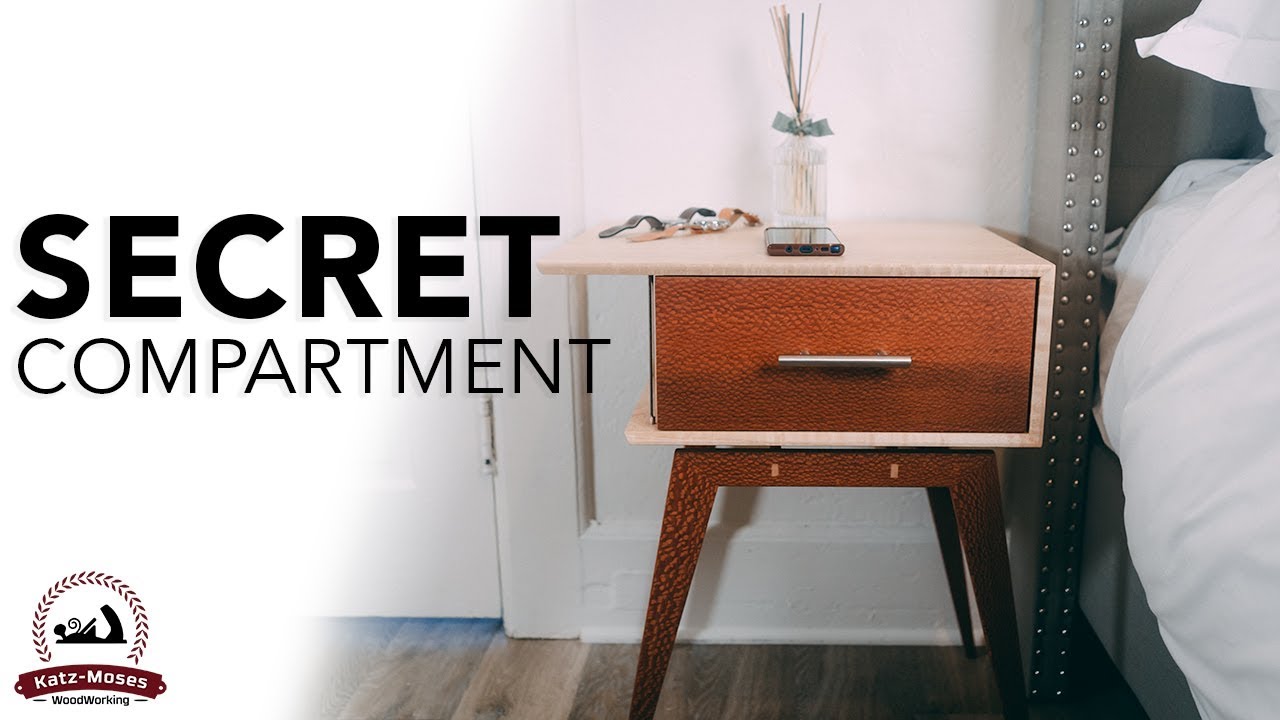
Wood furniture can be finished using a variety of finishing techniques. Here are some of the most common ones: staining, shellac, paint, and oil-based varnish. Read on for more tips. Listed below are some finishing techniques that work well on different kinds of wood. Follow these instructions to see how you can make them work for you. You can always finish wood in a more efficient way!
Staining
There are many wood staining options. A water-based or oil-based stain can be used. You can use a foam or synthetic bristle brush to apply the stain to small areas. Water-based stains should be applied in the direction of the wood grain. After the stain has dried, you can apply another coat. If the first stain is not satisfactory, you can repeat the process several times.

Shellac
Shellac, a natural oil that can give wood pieces a stunning look, is a good choice. Shellac is an oil made from natural oils and can be used for any type of wood. It is difficult to adhere to polyurethanes, so de-waxed shellac should be used to avoid problems. Shellac has a downside. It only lasts six months so it is worth doing some extra work before you apply it to your piece.
Paint
Before painting wood furniture or any surface, you should sand the surface. To roughen up the surface you can use an orbital or belt sander. Then, use sandpaper as a finishing touch to remove any old finishes. This step is crucial for the quality of the final finish. Take care to follow the grain when sanding. Apply thin layers for the best result. Apply a latex varnish on the wood to protect it from fading after each layer.
Oil-based varnish
A varnish is a way to protect the wood furniture's natural beauty. Oil-based varnishes, unlike water-based finishes will protect wood for many decades. However, they may not be suitable for all projects. You should also know the drying time. Oil-based varnishes will dry faster than water-based finishes. Be aware of this. You must also be aware about the dangers of oil-based varnishes.
Catalyzed lacquer
Uncatalyzed straight and acrylic lacquers were used for wood finishing methods until the 1990s. The industry discovered it was difficult to make waterborne and solvent-based finishes that were as effective as lacquer. Manufacturers began exploring modified acrylic blends, and blended materials. Pre-cat lacquers today are the industry standard. These coatings provide superior performance but are also much cheaper than pre-cat laquers.

Polishing
Polishing techniques can make your wood look brighter and smoother. Polishing usually happens after finishing varnishing. You can polish with many materials such as paper, ceramics or film. You should sand your wood furniture completely before you begin to remove any traces of finishes. You can sand furniture with a 400-grit paper. Wipe off any wood filler with a tackcloth.
FAQ
How can I tell what kind of wood I am working with?
When purchasing wood, always check the label. The label should contain information about the wood species, its moisture content, and whether it has been treated with preservatives.
Is it difficult to start my woodworking business?
It is difficult to start your own woodworking company. There are many requirements and regulations that must be followed. It doesn't mean that you have to go through the entire process of starting a business. Many people opt to join existing businesses instead. You will only have to pay membership fees, taxes, and other charges.
What material would your recommendation be to learn woodworking?
Start off with softwood like pine and poplar. You will feel more comfortable with these softwoods, so you can move onto hardwood.
What is the difference in plywood and particleboard?
Plywood consists of layers made from wood and pressed together by pressure. Plywood is available in a variety of thicknesses. It is often used to make cabinets or flooring. Particle board is made of sawdust and resin that has been compressed into large blocks. This board is commonly used in home improvement projects. Both types of boards can be easily cut and are durable.
Statistics
- The best-paid 10 percent make $76,000, while the lowest-paid 10 percent make $34,000. (zippia.com)
- If your lumber isn't as dry as you would like when you purchase it (over 22% in Glen Huey's opinion…probably over 10-15% in my opinion), then it's a good idea to let it acclimate to your workshop for a couple of weeks. (woodandshop.com)
- Overall employment of woodworkers is projected to grow 8 percent from 2020 to 2030, about as fast as the average for all occupations. (bls.gov)
- The U.S. Bureau of Labor Statistics (BLS) estimates that the number of jobs for woodworkers will decline by 4% between 2019 and 2029. (indeed.com)
External Links
How To
How to stain hardwood
Staining wood is the process of applying chemicals to the wood's exterior, which alters its color. This chemical reaction causes the wood color to change from white and brownish red. Although oak is the most popular type of wood to stain, there are many other types that can be used.
You can apply wood stains in many different ways. You can mix the stain with a solvent, such as turpentine, and spray it onto the wood. Another method involves applying a solution of water to the wood. The stain can be mixed with paints and varnishes to become part of the final coating.
The first step in staining wood is preparing the surface. Clean the wood to get rid of any grease, dirt or other substances that might be detrimental to the stain's application. Sanding the wood smooths out rough spots and scratches. Next, you need to decide which stain you want. There are two main kinds of stains available: non-penetrating stains and penetrating. Penetrating colors penetrate deeper into wood than those that are non-penetrating. This makes them more suitable for darker colors, such as mahogany. Non-penetrating oils work best when used with light colors, like maple.
After choosing the type and application method you prefer, gather your tools. Paintbrushes are great for applying stain because they allow you to evenly spread the liquid across the surface. A few rags are also handy to clean up any spillages after you have finished painting. If you intend to mix the stain yourself you will need enough containers to hold all the components.
After you have prepared your materials for staining, clean the area. You can remove grime and dirt with warm water and soap. Wipe down all furniture pieces with a dampened cloth and clean water. You should remove any debris, especially if your plan is to stain darker wood.
Next, spray the stain. Begin at one end and spray or brush the stain on the wood. Work slowly and carefully, moving back and forth along the grain of the wood until you reach the opposite end. Make sure that the stain does not drip off the edge of the wood. Before moving on to the next steps, allow the stain drying completely.
Protect the painted surface with a coat polyurethane paint sealant. Three coats of polyurethane sealing agent are required. Allow the third coat to dry overnight before sanding the final coat.